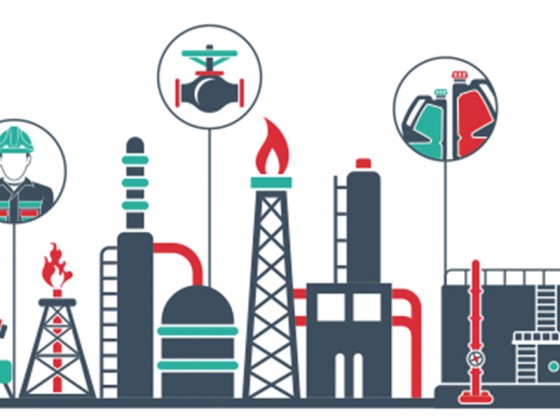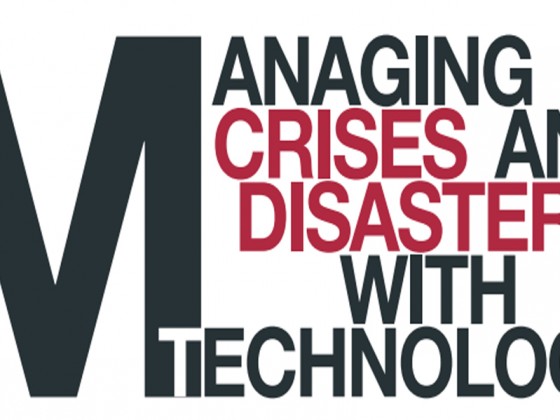by | I.M. Nasir
Vision 2020: the goal of making Malaysia a developed nation by 2020 has been the focal point of strategic plans and initiatives that have been laid down progressively over the years. To achieve the goal in a more holistic manner invariably includes addressing the quality of life of the people.
A deliberate finetuning was conducted, and the result is in the current principal plan as laid down by the Economic Planning Unit (EPU). The plan fundamentally consists of realizing the New Economic Model (NEM) through its accompanying policy under the Strategic Reform Initiatives. It is intended to propel Malaysia towards the goal of becoming a high income, sustainable and inclusive economy by 2020.
In the effort to realize vision 2020, a national level transformation initiative has been lain out and implemented in tandem with the NEM. The initiative is developed and implemented by Performance Management & Delivery Unit (PEMANDU). It contains two outcome and impact centric programmes: the Government Transformation Program (GTP) and the Economic Transformation Program (ETP), each with a set of specified Key Performance Indicators (KPIs) to gauge accomplishment. GTP is developed in accordance with the principles of 1Malaysia: People First, Performance Now. It details the objectives, outcomes and the initial set of actions – in areas identified as National Key Result Areas (NKRAs) and Ministerial Key Result Areas (MKRAs). ETP, on the other hand, focuses on key growth engines or National Key Economic Areas (NKEAs). It relies heavily on private sector-led growth, describes very specific investments and policy actions required; and has palpable implementation roadmap with strong performance management.
Dwindling Dynamism
All the plans and initiatives are to converge towards 2020. The year is the key deadline in meeting the specified targets for the current initiatives. As the deadline approaches, the sustainability aspect became more apparent and crucial. Structural gaps magnified, compelling the need to have robust fundamentals at the grassroots that can address those gaps and contribute to the advancement of the nation indefinitely.
The most apparent structural gap is the lack of progress, mainly in the areas that concern indigenous-based technology/application. Progress or growth in these areas is important as they are conceived from within, primarily using local capability and capacity that can innovate in the face of dynamic challenges; and overcome existing or anticipated barriers independently. It means that resources, whether it is technology, capability, and/or skills required are available and developed locally to address any issues – shortages, environmental challenges, sustainability aspects, etc. This has to be done in a comprehensive manner where any foreign assistance should only be limited to training or guiding; hence ensuring that the nation can move forward in a more confident self-reliant mode.
Such a faculty however, only comes from having the basic Science and Technology (S&T) development components available and primed; including abundance of qualified and skilled manpower with constructive attributes; well-developed Research, Development, and Commercialization (R, D & C) activities; combined with a vibrant application of Cross-cutting Technologies by practitioners and vendors. Yet, this vital ingredient to national development has unfortunately been overlooked, and gone unfulfilled to a certain degree.
Such a faculty however, only comes from having the basic Science and Technology (S&T) development components available and primed; which includes abundance of qualified and skilled manpower with constructive attributes; well-developed Research, Development, and Commercialization (R, D & C) activities; combined with a vibrant application of Cross-cutting Technologies by practitioners and vendors. Yet, this vital ingredient to national development has unfortunately been overlooked, and gone unfulfilled to a certain degree.
Realizing a new vigor
To rectify the weaknesses and flaws, close the structural gaps, and meet the requirements that has been identified, a new National Agenda was deliberated by the Prime Minister together with the scientific community and professionals; subsequently giving birth to Science to Action (S2A), where the emphasis for Science, Technology, and Innovation (STI) by planned mechanics; are brought to the fore influencing basically everything we do from within and without. It is neither a novelty nor a new notion, but a well-known approach for viable development that is being given a new drive. Common sense, it may be, to many of us at present. Nevertheless, taking into consideration our inherited vestiges of circumstances and administrative relics, the whole aspect truly need a robust and convincing Change Management, coupled with a fervent common will by all of us to see it through.
Basically, S2A is a comprehensive science transformation agenda formulated to ensure sustainable growth beyond 2020. It is complementary; innately supportive of the various existing initiatives that have already been undertaken by the Government. It is required to ensure the nation maximizes its potential by realizing the use of S&T. In short, as remarked earlier, S2A is needed because the nation has to be able to innovate from within; to do more with less due to the diminishing nature of natural resources; to support the conservation efforts that are currently in place; and to fulfil the need to enhance value added components to secure higher returns independently.
S2A would center on the amplification of S&T capacity build-up primarily through education where technological know-how, engineering capabilities and, most importantly, knowledge are generated and proliferated. All this will be harmonized with the deepening of its application into all areas of industry development, giving a broader base to create more wholesome and significant opportunities which would invariably result in multiplying positive effects to the economic growth and the well-being of the people, within the scheme of continuous nation building.
Progressing a framework
The S2A working framework will be based on three (3) thrusts:
- Science for Governance
This cornerstone thrust is to strengthen both public and private sectors’ service delivery systems. It is to enhance and fie-tune the foundation of the systems, and to position the Science, Technology, and Industry (STI) ecosystem in a proper place in order to create a harmonious, conducive, and sustainable environment for the development of the nation. - Science for Well-Being
The aim is to holistically upgrade the people’s standard of living through the usage and mastery of STI. This thrust emphasizes excellence in the national education system, especially in the field of Science, Technology, Engineering and Mathematics (STEM) by giving specific focus on the next generation youths. It also covers the leveraging of biodiversity as source of wealth, including its conservation elements and sustainable management of environment. - Science for Industry
The effort here is to establish an innovative culture and strengthen the capabilities of industries to generate new wealth. This includes effort to inculcate the Silicon Valley culture of “Innovate or Perish”, “Dare to Fail”, and creation of prolific ecosystem for start-ups. Another key area is to encourage the Government-Linked Companies (GLCs) and Small and Medium Enterprises (SMEs) to venture into new potential growth areas whose returns on investments are multi-fold.
A permanence of legacy
The plans to increase the ratio for Science stream vis-à-vis Arts stream students have been done much earlier in our nation’s education policy history, dating back to the 1960s, as a precursor to having an S&T driven economy. However, due to similar fated circumstances, we thread the all too familiar terrain of good planning with ambiguous implementation success.
This time however, it is slated to be different because it starts at the top with the Prime Minister, Dato’ Sri Mohd Najib Bin Tun Haji Abdul Razak; via his globally prominent Science Advisor, Prof. Tan Sri Zakri Abdul Hamid. The agenda will not be placed in a Ministry as it was done previously, but under a Cabinet Council with executive powers, chaired by the Prime Minister himself. The agenda will be overarching, able to transmute the very governance that is required to fully integrate S&T with all the current plans, initiatives, programmes, schemes, and campaigns.
We have learnt from the past that for an agenda to be truly successful and self-progressing, it needs to be a win-win situation for everyone. It has to start with participatory and contributory stakeholders’ consultations, inclusive and not limited to certain parties or groups, complementary and innately supportive and, most importantly, viable to the people with sustainability built-in. Additionally, the agenda and its subsequent implementation would have to be holistic because it encompasses the whole ecosystem and, therefore, should not be conducted piecemeal, selective or in-silo working by the various ministries/agencies earmarked to undertake them.
“S2A is neither a novelty nor a new notion, but a well-known approach for viable development that is being given a new drive.”
The whole mechanism will be coordinated by the S2A team under the auspices of the Science Advisor to ensure consistency and uniformity in approach.
To ensure continuity of purpose and engender permanence, the culturalization of the masses has to begin in earnest. It is not written but rather implied that creating an S&T literate society will be an outcome – a consequent to the gaps that are being addressed by S2A.










